自動車業界は重大な局面を迎えている。ホンダと日産が合併する予定だ。
ホンダ、日産、三菱の3社は2024年12月23日午後、東京で、正式に合併交渉を開始するための覚書を締結したと発表した。
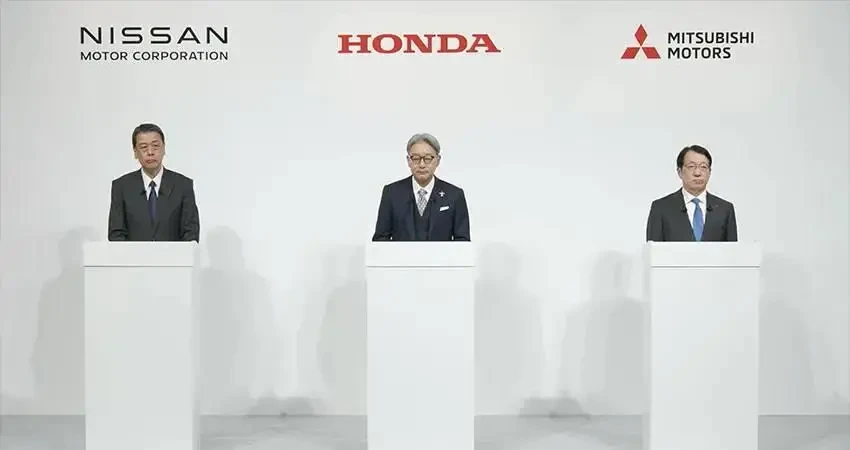
文書によると、ホンダと日産は共同で持ち株会社を設立する。新会社の目標は年間売上高30兆円(約1.4兆191.5億人民元、約3億ドル)、営業利益139.85兆円(約191.3億XNUMX万人民元、約XNUMX億ドル)以上。
両社は2025年2026月までに最終契約を締結する予定であり、規制当局の承認を得た後、共同持株会社の東京証券取引所への上場を完了することを目指しており、この重要なイベントはXNUMX年XNUMX月までに完了する予定です。
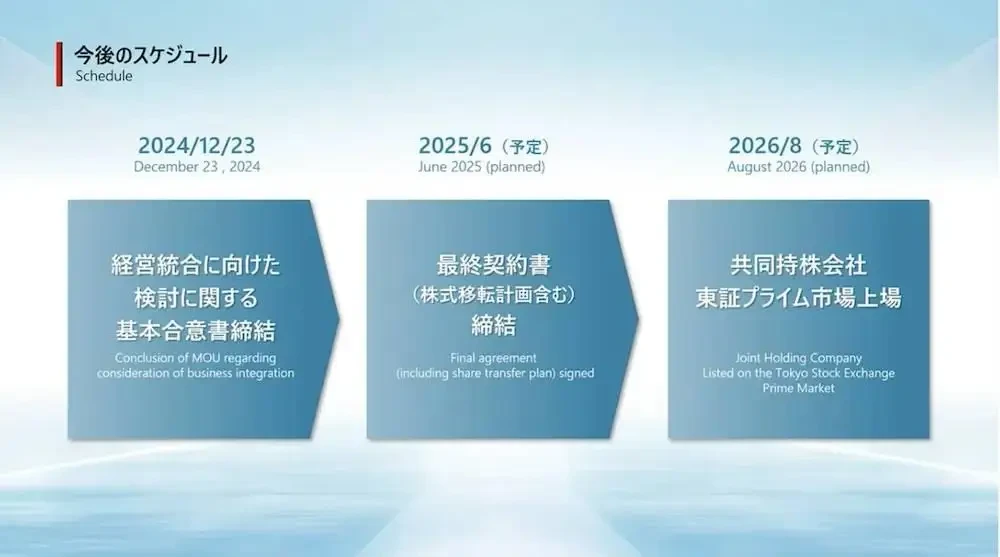
三菱自動車は、このアライアンスに参加するかどうかまだ検討中だ。関係者は、2025年XNUMX月末までに決定すると述べた。参加を決定した場合は、新たな基本協定に署名し、ホンダ、日産と協力して統合プロセスを進め、前述のスケジュールを順守することを目指す。
本田技研工業の三部敏宏取締役社長は、最終合意に達するまでにはまだ綿密な議論が必要な問題がいくつかあるが、合意が承認されない可能性は非常に低いと述べた。
「ホンダと日産の統合による相乗効果は2030XNUMX年以降に最大化されるだろう」 「中国の消費者のニーズは大きく異なる。従来のやり方を続ければ、生き残る可能性は高くないと思う」
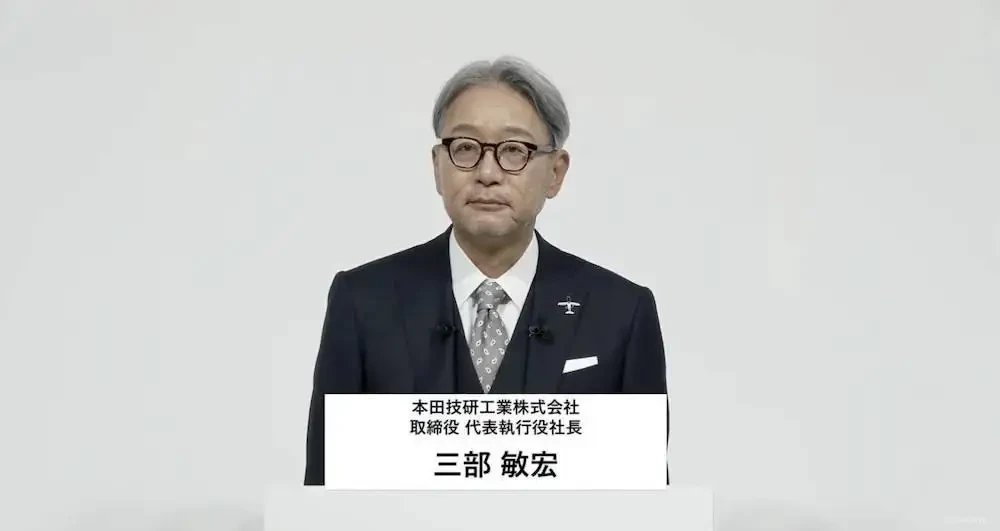
ホンダと日産の今回の提携は両ブランドを平等に発展させることを目指しているが、日産にとっては21世紀に入ってから最大の危機となる。
1998年、日産は経営不振により財政危機に陥った。フォードとダイムラーは日産の買収を検討したが、巨額の負債を見て撤退した。最終的に、XNUMX年連続で赤字に陥っていた日産を救ったのはルノーだった。その見返りとして、ルノーは日産の株式を取得し、筆頭株主となった。
これがルノー・日産・三菱アライアンスの始まりとなった。

驚くべきことに、20年後、日産は再び生死の境に直面している。
日産は3.37年に2023万台の新車を販売するにもかかわらず、2024年19.2月から94月までの純利益はわずか100億円で、前年比2023%減となった。つまり、6年の同時期に2024ドル稼いだとしたら、12年は14ドルしか稼げないことになる。現在、日産の現金準備金はXNUMX~XNUMXか月分しかなく、株主や債務からの大きな圧力にも直面している。
日産の業績低下は中国市場と米国市場での販売不振に直接関係している。
日産の内田誠社長は以前、決算説明会で、米国市場ではトヨタやホンダのハイブリッド車の人気が高まっている一方、日産の米国での商品ラインナップは老朽化しておりハイブリッド車が不足しており、結果的に売り上げの減少につながっていると述べていた。
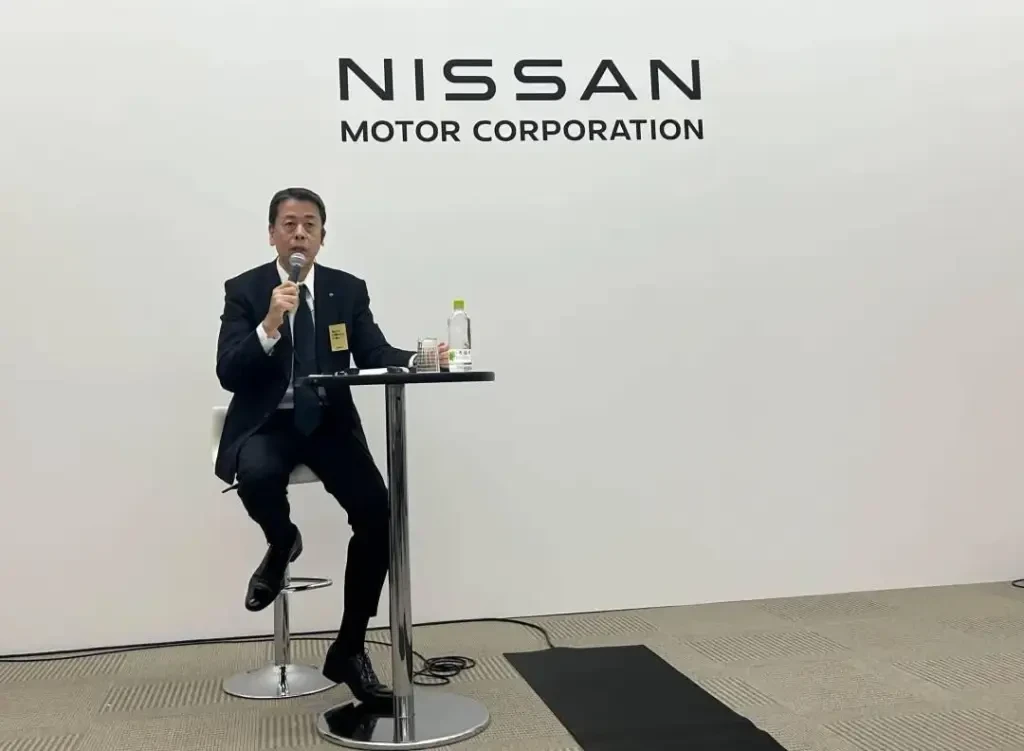
中国市場では、国産車が日本車のシェアをどんどん侵食している。以前、日産の内田誠社長はメディアのインタビューで「中国メーカーが強くなってきている」と述べ、日産は中国市場で「生き残りゲーム」に巻き込まれている。
「中国の消費者のニーズは大きく異なります。従来のやり方を続ければ、生き残る可能性は高くないと思います。」
「中国が安くて質の悪い製品を生産する時代は終わった。今や中国は多くの技術分野で日本を追い越している。日産とホンダが結成した8万台クラブの第一目標はBYDを追い抜くことだ。」
現在、新エネルギー車と自動運転技術は世界の自動車産業の最前線となっており、中国の自動車企業はすでにこれらの分野で大きなリーダーシップを獲得しています。
業界関係者は、ホンダと日産が統合を決断した主な理由は、両社が研究開発にかかる高額な費用を分担し、リソースをプールすることで業務効率を向上させることを目指していることだと指摘している。
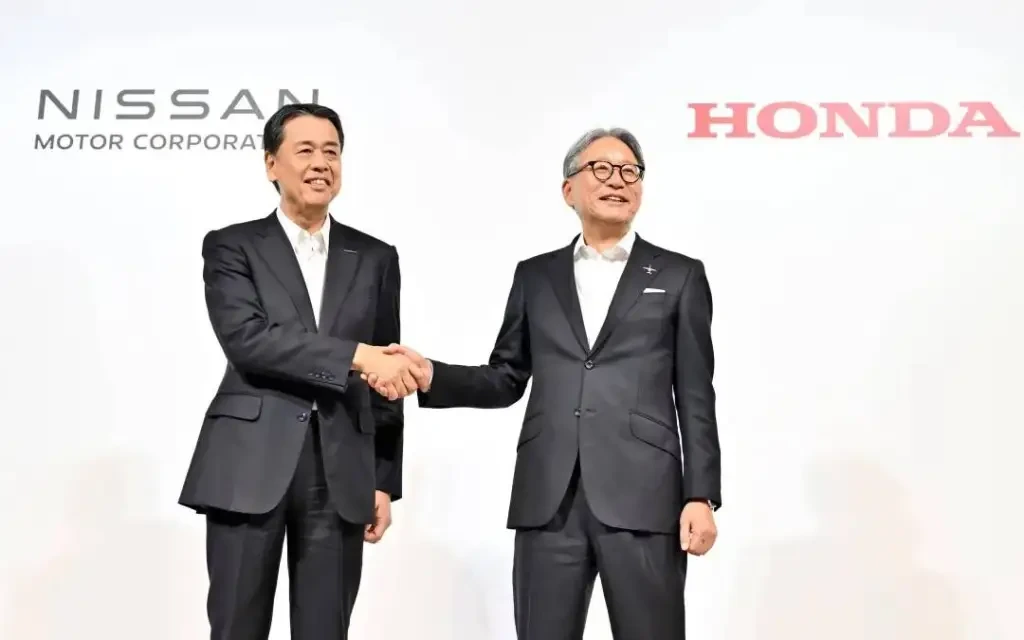
この合併により、ホンダと日産は7つの大きな相乗効果を発揮しました。
- 両ブランドの車両プラットフォームを標準化することで規模の経済性を実現します。
- 研究開発リソースの統合による研究開発能力とコスト相乗効果の強化。
- 生産および製造プロセスの最適化。
- 統合調達を通じてサプライチェーン全体の競争優位性を強化する。
- 運用効率を改善してコストを削減する。
- 統合販売金融を通じて規模の経済性を獲得します。
- スマートおよび電動化技術のための人材基盤を確立します。
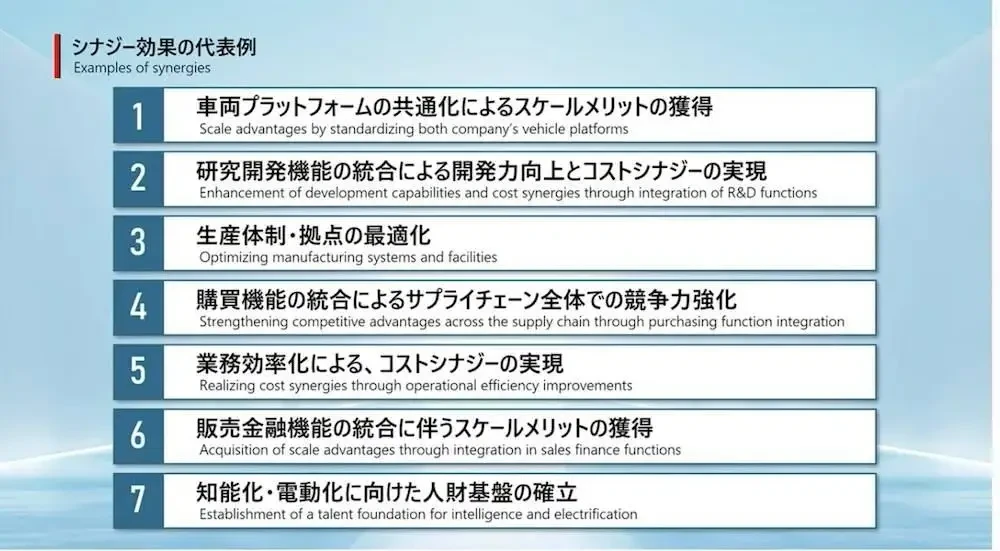
以前、日本のメディアはホンダと日産が互いの工場で自動車を共同生産する可能性や、日産がホンダのハイブリッドシステムを搭載したモデルを米国市場に投入する可能性を模索していると報じていた。さらに、ホンダは欧州にエンジン工場とバイク工場しかないことを考えると、日産の英国工場も利用する可能性がある。
ホンダの三部敏弘氏はまた、この統合はホンダの四輪車事業だけでなく、二輪車、パワープロダクツ、航空機事業にも広がり、顧客との接点が増える可能性があると述べた。
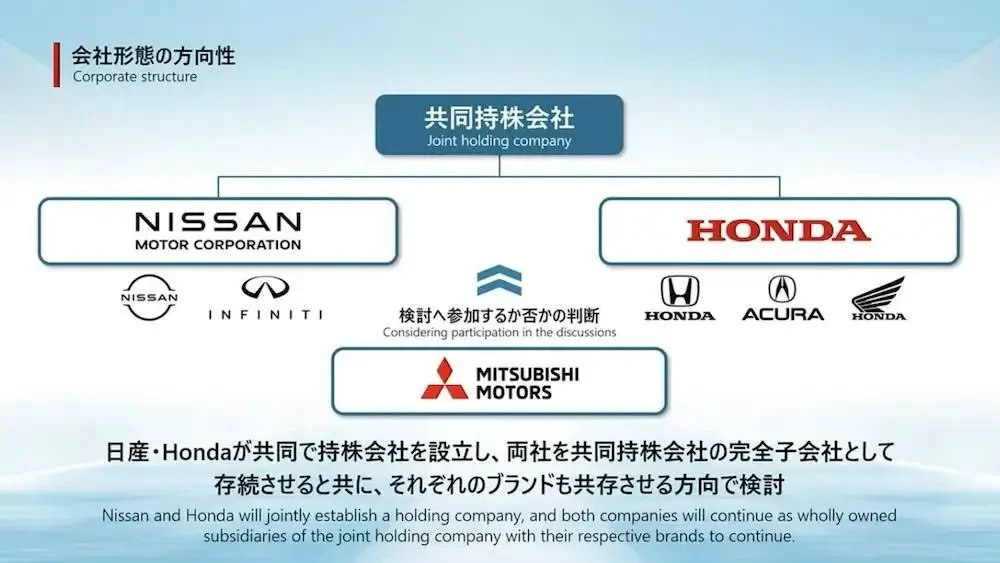
計画によれば、ホンダは持株会社の株式の50%以上を保有し主導的な役割を果たすことになる。また、同社の社内および社外取締役の半数以上はホンダが指名することになる。
現在、日本の自動車産業の将来は、大きく2つの陣営に分かれているようです。
ホンダ主導のホンダ、日産、三菱の連合と、トヨタ主導のトヨタ、マツダ、スバル、スズキのグループ。
ソースから もし
免責事項: 上記の情報は、Chovm.com とは無関係に ifanr.com によって提供されています。Chovm.com は、販売者および製品の品質と信頼性について一切の表明および保証を行いません。Chovm.com は、コンテンツの著作権に関する違反に対する一切の責任を明示的に否認します。
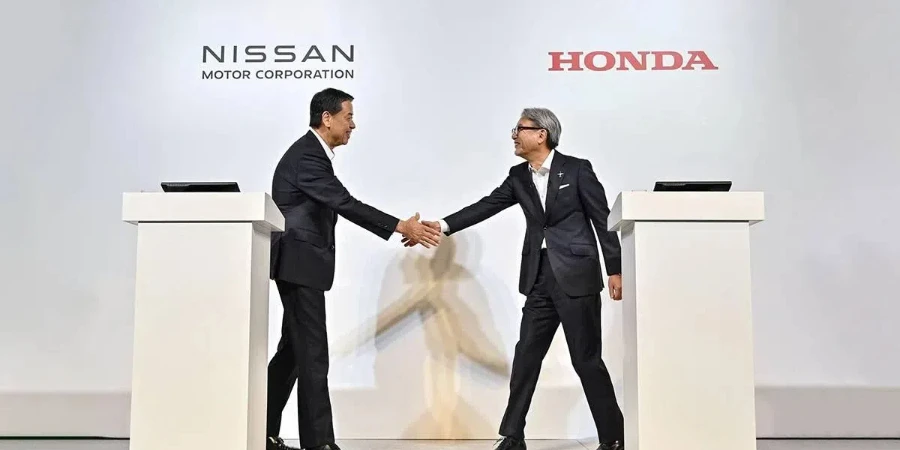




 Afrikaans
Afrikaans አማርኛ
አማርኛ العربية
العربية বাংলা
বাংলা Nederlands
Nederlands English
English Français
Français Deutsch
Deutsch हिन्दी
हिन्दी Bahasa Indonesia
Bahasa Indonesia Italiano
Italiano 日本語
日本語 한국어
한국어 Bahasa Melayu
Bahasa Melayu മലയാളം
മലയാളം پښتو
پښتو فارسی
فارسی Polski
Polski Português
Português Русский
Русский Español
Español Kiswahili
Kiswahili ไทย
ไทย Türkçe
Türkçe اردو
اردو Tiếng Việt
Tiếng Việt isiXhosa
isiXhosa Zulu
Zulu